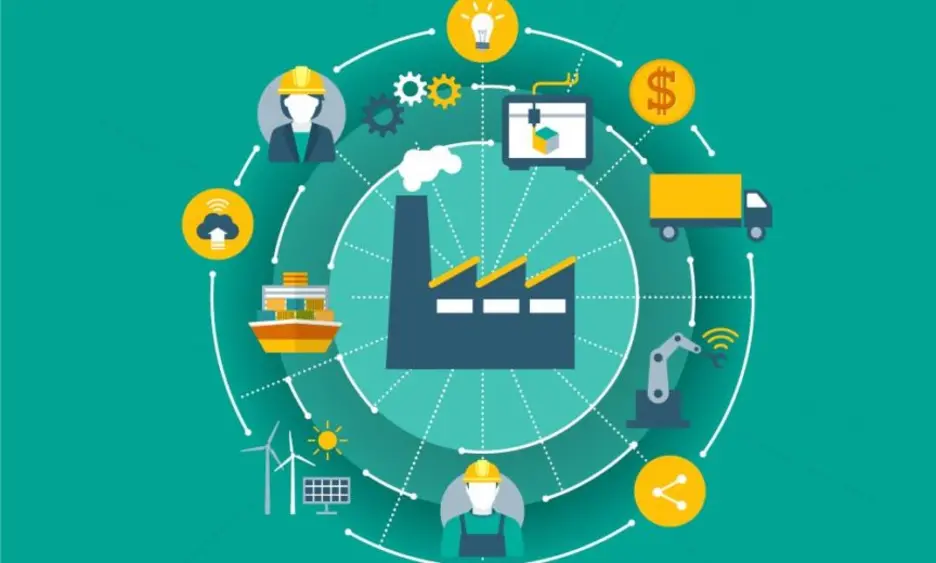Five considerations for understanding the importance of the manufacturing sector

Throughout these more than 14 years I have worked with a large number of professionals with great knowledge and human quality. Many of them know and share our mission to foster economic development in Latin America and the Caribbean through the private sector. I have also learned how different and diverse we are in Latin America and the Caribbean. Businesses and projects are handled in very particular ways in each country, including our smallest neighbors.
This diversity also applies to the level of development of the region’s manufacturing industry. I have been able to see this up close in my current role at BID Invest as leader of the Manufacturing team within the Corporate Division. While in some countries aerospace or biotechnology industries are being developed, in others the aim is to consolidate less sophisticated transformation processes.
The key aspects of the manufacturing sector
Regardless of its degree of sophistication, at BID Invest we believe that the manufacturing sector is of vital importance for the development of countries. Below, I describe the five reasons why:
- These companies require constant investments to maintain their productivity,
- In many cases they are export companies, either directly or indirectly,
- They provide goods and services that improve the quality of life of citizens in each country,
- They are innovative companies that are constantly adapting to market changes,
- They are large employment generators that contribute to reducing poverty in the region.
For these reasons, at BID Invest we want to create and consolidate long-term relationships with clients who share our vision. How do we achieve this? Through financial products, such as long-term loans in dollars and local currency in some markets, equity and quasi-equity investments, and capital market instruments, as well as through non-financial products, including knowledge resources and technical assistance.
Today, as I pause to share with you this experience of traveling through our region’s 26 countries, I realize the many things this trip has taught me and how much more we can do for the growth of manufacturing in Latin America and the Caribbean.
Finally, our experience confirms that manufacturing projects have an enormous impact on our region's development. We strive to support them with financing alternatives that can help close the existing investment gap, improving and strengthening the private sector.
LIKE WHAT YOU JUST READ?
Subscribe to our mailing list to stay informed on the latest IDB Invest news, blog posts, upcoming events, and to learn more about specific areas of interest.
Subscribe



